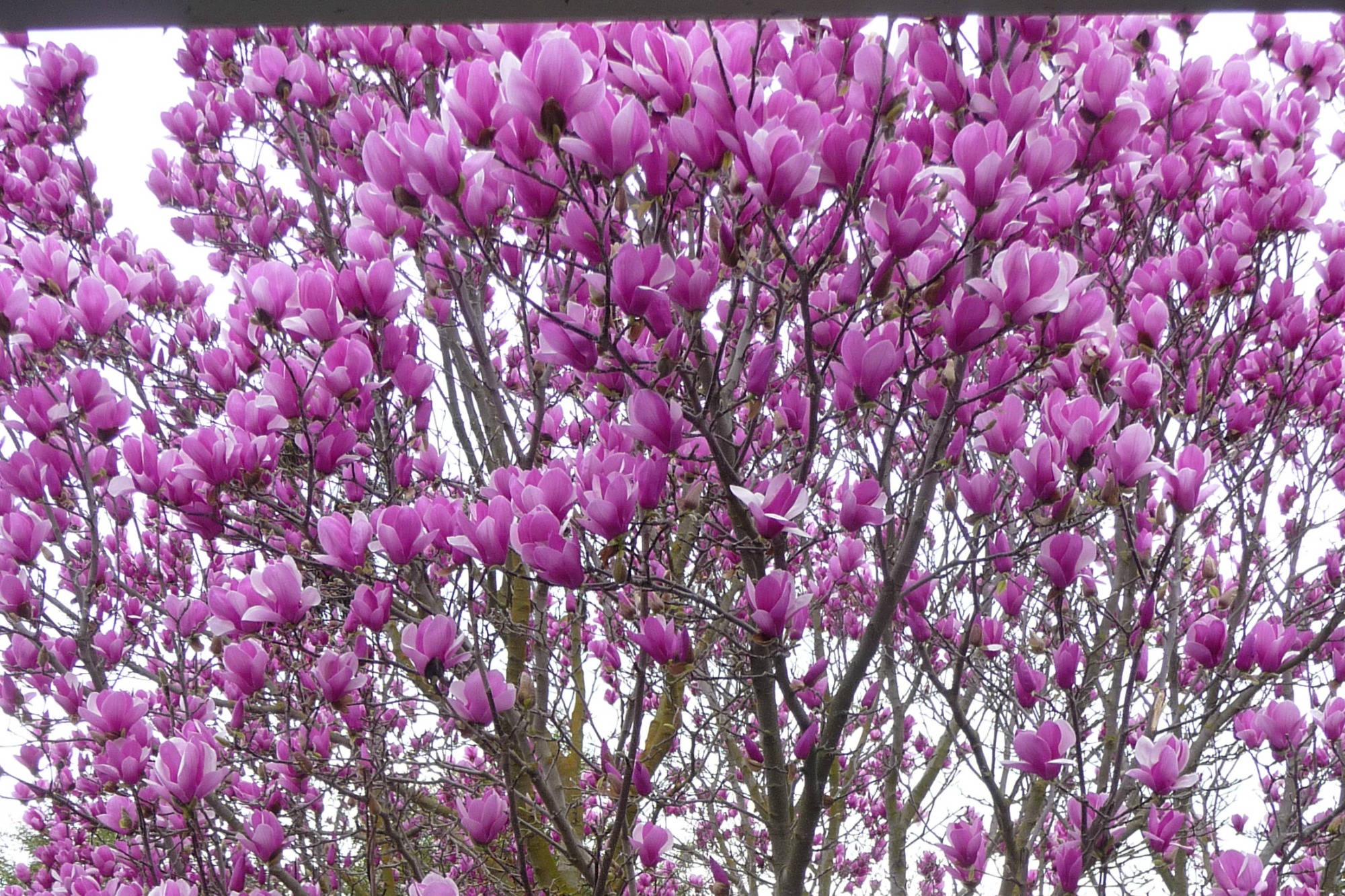

Still, it is usually characterized by its multi-trunk and white, red, purple, and pink blooms during the whole summer. Depending on the variety, the tree will have different needs, according to tree service Arizona companies.

Crape MyrtleĬrape myrtle is a very popular deciduous tree that grows to about 30 feet in height. It is one of the many flowering trees in Arizona that needs regular watering during the summer months. The blooms are characterized by purple veins. It is a small tree, growing to about 25 feet in height, with light pink and white flowers in the late spring. ChitalpaĬhitalpa tree is a hybrid of the Catalpa and the Desert willow. Related Posts: Small Trees For Arizona & Fall Colors In Arizona 4. In addition, it flowers late – in late spring and early fall. It grows to about 20 feet in height and requires occasional trimming. In some cases, it is even considered to be a large shrub, depending on the location where it is planted. The Chaste tree is a very small, deciduous tree with dark green foliage. Experts sometimes warm about the Bradford pear fire blight, but with the right care it is nothing to worry about. The leaves will turn to a very vibrant dark red color in the fall.

It can grow to about 50 feet in height in the optimal environment. The Bradford pear is one of the Arizona flowering trees that are strictly ornamental.

Tree services Arizona recommend it due to its drought tolerance and ability to create a deep shade. This desert beauty offers spectacular yellow blooms and a greenish-blue trunk that can grow up to about 30 feet in height. Blue Palo Verdeīlue palo verde is a native tree to Arizona. Keep reading to find out more about flowering trees in Arizona and learn more about their main characteristics! Best Arizona Flowering Trees 1. These trees are always a great addition, so we recommend you carefully choose the right one for you. In addition, these trees usually don’t require too much maintenance, irrigation, nor do they usually have problems with pests and diseases. This is the reason why Arizona flowering trees are so popular in the area. In its natural habitat, the Desert Ironwood sheds its leaves to conserve moisture but can remain evergreen when given supplemental irrigation.Bringing color to a dull desert landscape is something that every gardener in Arizona wants to do. Edible brown seed pods follow the seed pods and are enjoyed by native wildlife. The flowers emerge in arches at the branch tips in early spring and range in color from pale rose to pink to white. The bark is smooth and gray on young trees and develops wrinkles with age. The oval leaves are small, grey-green, and are covered in small hairs and develop into an attractive spreading canopy upon maturity. The Desert Ironwood provides local wildlife with food and shelter including quail, doves, and small rodents. Spring sees the appearance of dizzying purple flowers that resemble those of sweetpea, and are highly desirable to butterflies and other local pollinators in dry inland areas. The Desert Ironwood is an integral part of the desert landscape. Varieties Suitable for California: Erythrina x bidwillii, Erythrina acanthocarpa, Erythrina abyssinica, Erythrina coralloides ‘Bicolor, Erythrina flabelliformis, Erythrina crista-galli, Erythrina humeana, Erythrina falcata, Erythrina speciosaįlowering Season: Late winter/early spring Overwatering can cause growth spurts that the tree can’t support, resulting in weak limbs and causing branches to snap in strong winds.Īverage Size at Maturity: 20-40 ft tall and 40-60 ft tall
Flowering purple tree full#
Coral trees love heat and should be planted in full sun.Ĭoral Trees flowers are what give this tree its character they have a finger-like appearance and are a fiery red/orange that vies for your attention with its exotic allure. There are about 112 different members of the Erythrina genus, and about 12 of them thrive in San Diego’s semi-arid climate. The Coral Tree is also the official tree of the city of Los Angeles. Coral Trees are members of the Genus Erythrina and are primarily found in tropical regions of the world, as well as in South Africa.


 0 kommentar(er)
0 kommentar(er)
